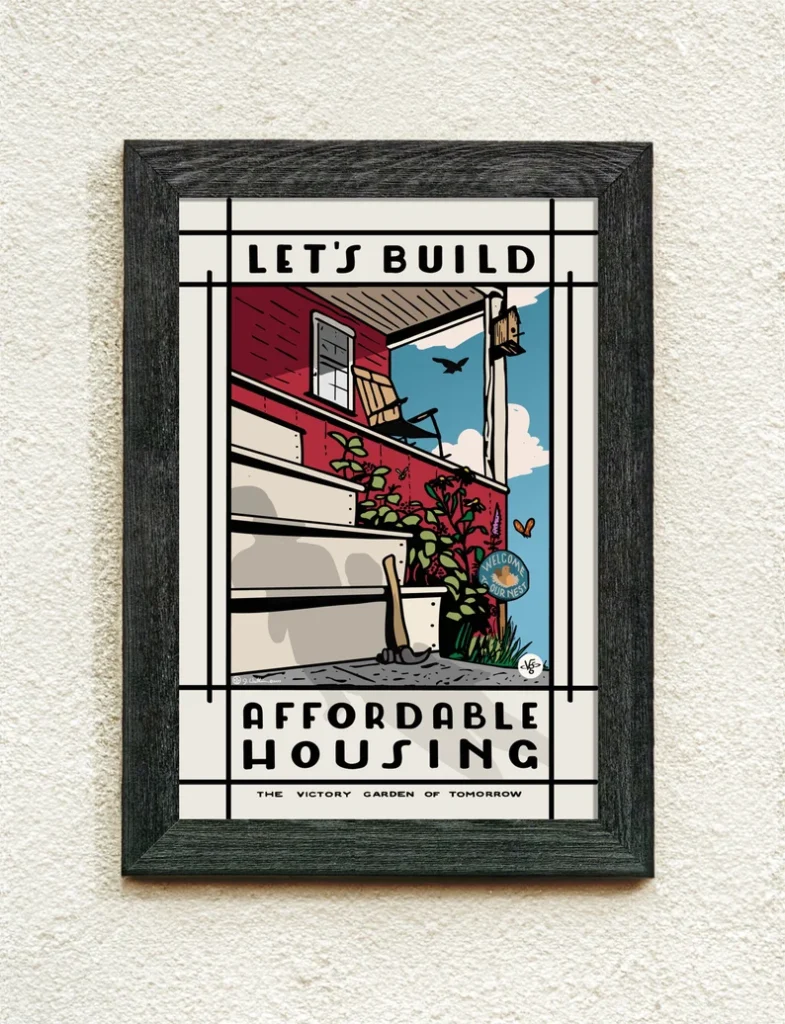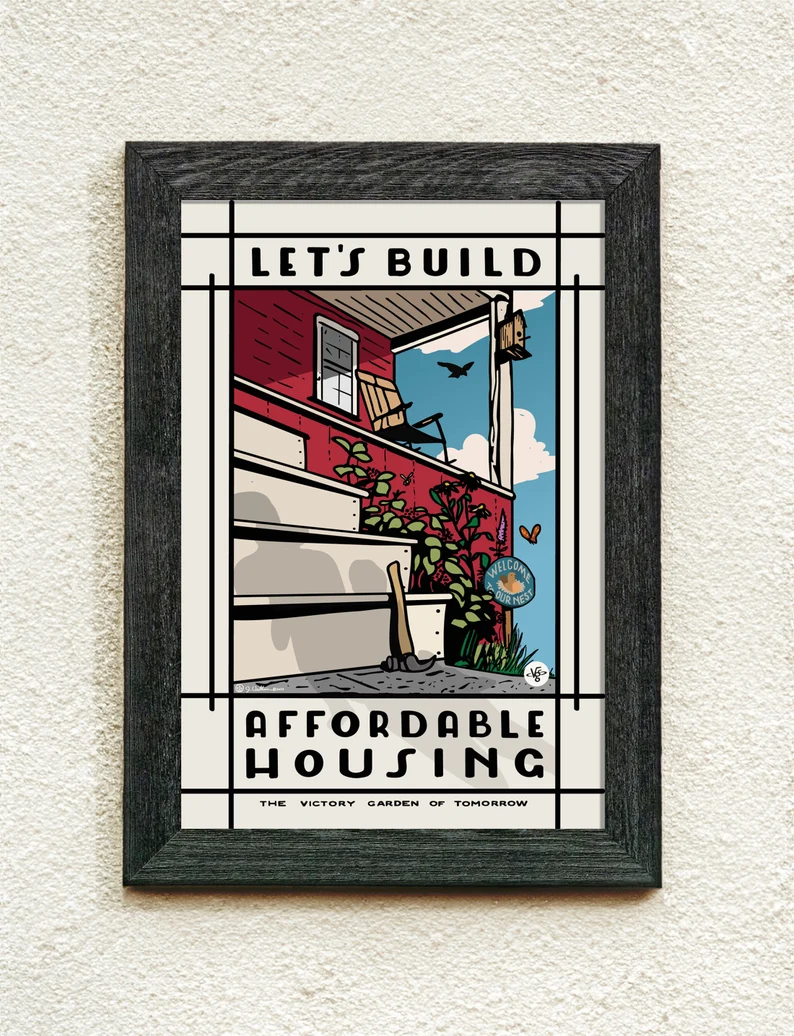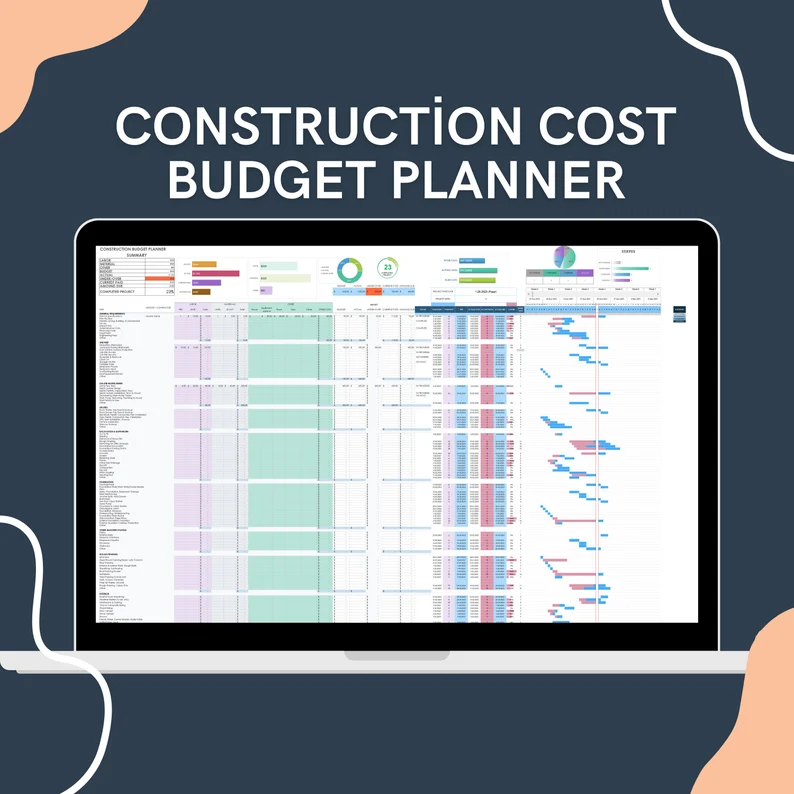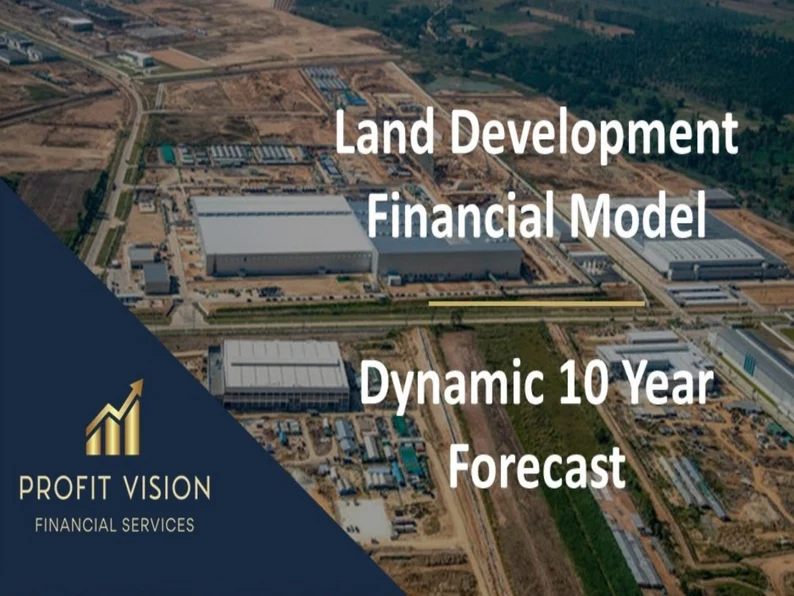Introduction
Affordable housing is not just a roof over one’s head; it’s a cornerstone of stable communities and an essential need for individuals and families. In a world where housing affordability is a pressing issue, affordable housing initiatives play a vital role in addressing this challenge. In this blog post, we delve into the world of affordable housing, its significance, key principles, and the impact it has on society.

1. The Essence of Affordable Housing
Affordable housing refers to homes that are accessible to individuals and families with limited incomes. It aims to provide safe, decent, and affordable living options for all.
2. Key Principles of Affordable Housing
- Affordability: Housing costs should not exceed a reasonable portion of a household’s income.
- Inclusivity: Affordable housing is designed to cater to diverse income levels and needs.
- Quality: Affordable housing must meet basic standards of safety and livability.
- Community Integration: It encourages mixed-income neighborhoods, fostering social cohesion.
- Location: Affordable housing should be well-connected to essential services and employment opportunities.
3. The Need for Affordable Housing
The need for affordable housing is driven by factors such as rising housing costs, income inequality, and population growth. It addresses homelessness and provides stability for families.
4. Affordable Housing Initiatives
- Subsidized Housing: Government subsidies help reduce rental or homeownership costs for low-income individuals.
- Low-Income Housing Tax Credits: Tax incentives encourage developers to build affordable housing.
- Community Land Trusts: Nonprofits acquire and hold land to create affordable housing options.
- Mixed-Income Housing: Developments that blend affordable units with market-rate housing.
5. Challenges in Affordable Housing
Challenges include securing funding for affordable projects, zoning regulations, and public perception.
6. Sustainability and Affordable Housing
Affordable housing can incorporate sustainability features to reduce utility costs and environmental impact.
7. Technology and Affordable Housing
Technology can streamline housing application processes and provide access to online resources for applicants.
8. The Future of Affordable Housing
The future involves innovative financing, modular construction, and community-driven initiatives to address affordability.
Conclusion: A Home for All
Affordable housing is more than bricks and mortar; it’s a promise of stability and dignity for individuals and families. It’s about creating communities where everyone has the opportunity to thrive. As we move forward, affordable housing initiatives will continue to play a crucial role in ensuring that housing is not a privilege but a fundamental right for all.








